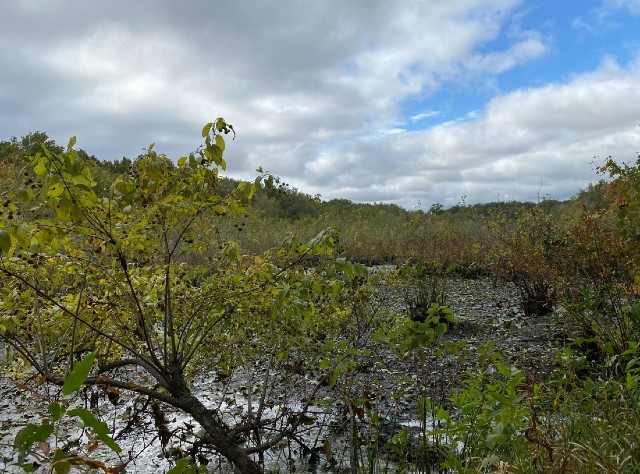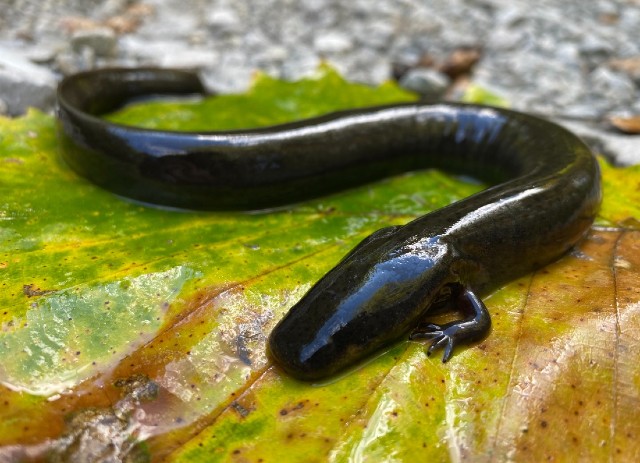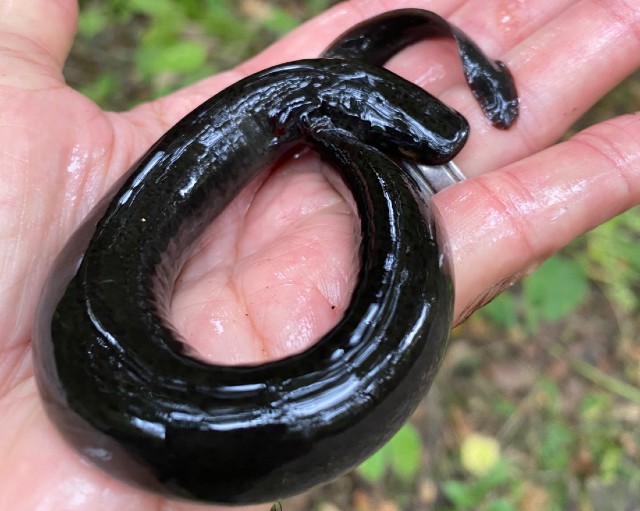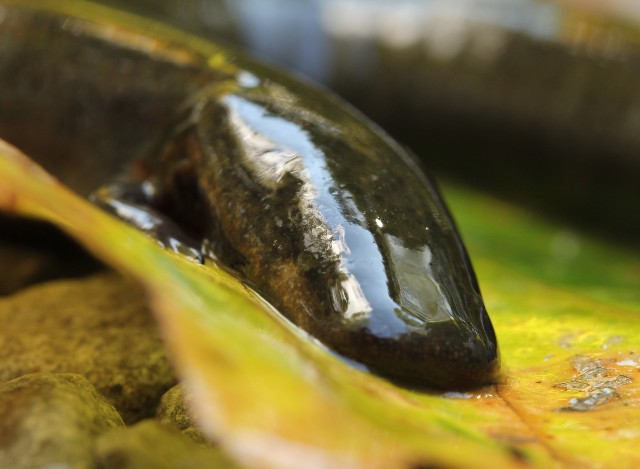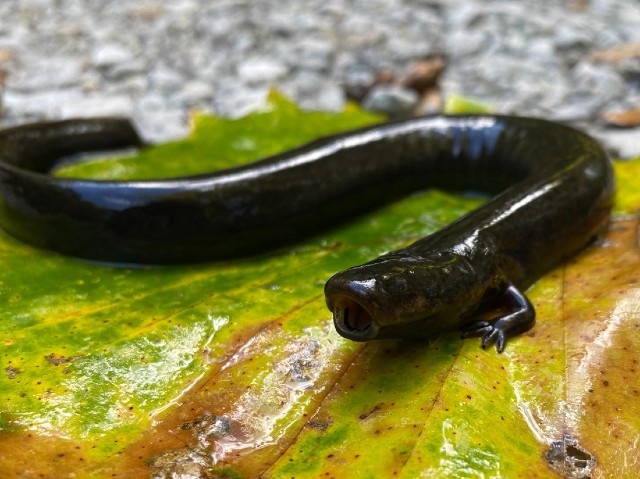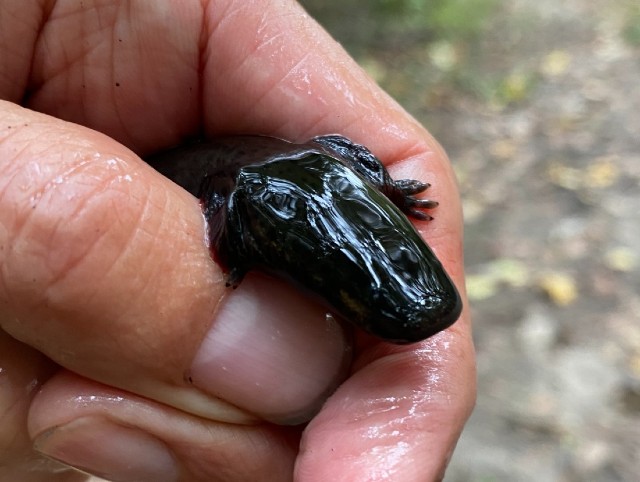While visiting southern Illinois, I had an encounter with this “lifer” amphibian. Sirens are usually regarded as the most primitive living salamanders; they share a conspicuous basic characteristic – the absence of rear limbs.
Another feature of this awesome amphibian is that it retains and uses its external gills throughout its life. Lesser Sirens are completely aquatic, rarely leaving water unless its an absolutely necessary.
Some bodies of water where they reside are temporary and may dry up at certain times of the year. In these cases, the salamander can secrete a cocoon, of sorts, which protects them from dehydrating. It can stay in this state of “suspended animation” for more than a year, until its pond refills with water.
Lesser Sirens grow to about two feet and prefer to live in swamps, ponds ditches and shallow wetlands with abundant vegetation and muddy bottoms. It is nocturnal, spending its days hidden in the debris and mud at the bottom of slow-moving bodies of water.
This creature feeds mainly on small insects, crustaceans and other invertebrates, such as worms and snails. The flattened head suggests that this creature burrows in the mud and its tiny eyes indicate that vision is not important to its survival at the bottom of dark swamplands.
Unlike most salamanders, the Lesser Siren is vocal, and will emit a series of clicks when it approaches others of its kind, It also has the ability to “yelp” if it is handled.
This amphibian is also known as the Two-legged Eel, Dwarf Siren and Mud Eel. It was super cool to finally meet on of the elusive creatures “in person” on this years visit to the Land of Lincoln.

